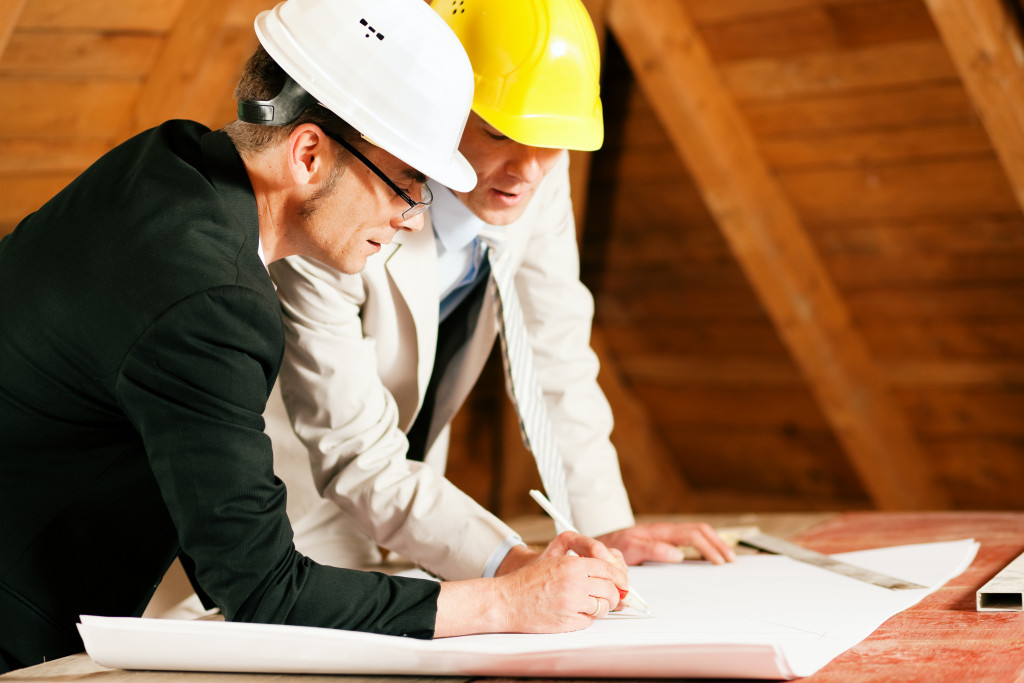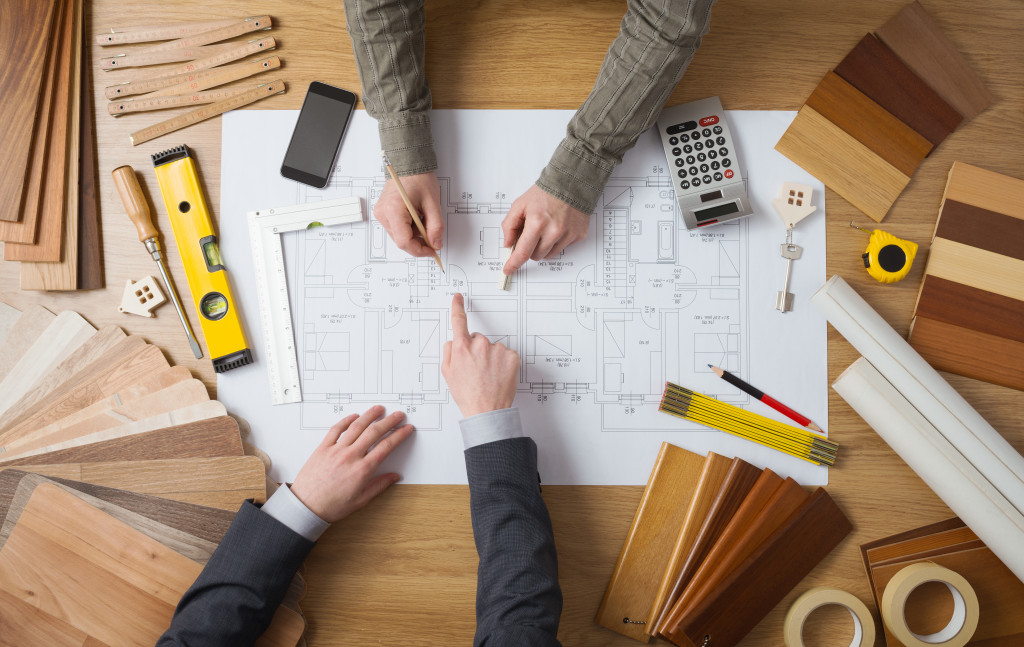Construction is one of the major industries in the US, and it continues to grow exponentially even during the pandemic. However, an industry as huge as construction can be dangerous for the environment. This is why they are making a transition into becoming more sustainable. They are doing this by using renewable energies for construction projects.
Renewable Energy For Construction
The construction industry is making a huge transition towards renewable energy for its projects. They aim to reduce their carbon footprint by making this transition while also reducing overall costs in a project.
It’s estimated that about a quarter of a construction project’s budget goes into energy consumption. Power is required for equipment to function, and it’s also being utilized for security purposes such as lightning at night and CCTV cameras on the site. This can cost thousands to millions of dollars per budget, and many in the industry are looking for alternatives.
One growing alternative is to use solar panels and other renewable energy sources during projects. Essentially, a construction firm can invest thousands of dollars into solar panels and install them in the sites of certain projects. This can then harness the necessary power to run construction equipment day-in and day-out. Moreover, considering that solar power is cheaper than other energy sources nowadays, they can reduce a decent chunk of their project’s overall budget.
The use of renewable energy for construction projects remains highly debatable. This is partly because many in the industry are used to the convenience that traditional energy sources bring. But eventually, they’ll start making the transition as more into the industry spend money towards renewable energy.
Green Construction

Recycling materials during every project is also one way the industry is becoming more sustainable. These materials come in various forms, such as plastics from waste. However, green construction doesn’t stop there. There are now different eco-friendly materials being used in construction that benefit the industry as a whole.
The idea of green construction is for the industry to build projects that negate traditional construction materials such as wood and steel. These two materials emit millions of carbon footprints in manufacturing alone, making them one of the industry’s highest contributors to greenhouse gases. Green construction is all about eliminating or reducing the need for these materials.
Green construction is looking towards recycled and eco-friendly materials for this. One major movement is towards the plastics found in our world’s oceans and landfills. They can be easily molded, are waterproof, and can basically last forever. The only problem that lies right now is an efficient way of turning these plastics into building blocks. It would be pointless to use recycled materials for construction if turning them into building blocks would emit millions in greenhouse gases.
There are also more eco-friendly materials being used for construction projects nowadays. Eco-friendly materials such as straw bales and used corks are now being converted into construction blocks as resilient as cement blocks. Reclaimed wood is also becoming a trend among home contractors as they bring a more rustic feel to homes. These eco-friendly materials bring their personality to every project they touch. However, they can be a bit more expensive than traditional construction materials in the market.
Lastly, we also have sustainable concrete. Sustainable concrete utilizes recycled materials and sustainable power to produce it, drastically reducing the greenhouse gases produced during the manufacturing process. It’s been estimated that sustainable concrete has 50% fewer greenhouse emissions than traditional concrete, making them a better construction material than regular concrete.
Energy-efficient Buildings
The construction industry should also be constructing energy-efficient buildings if it wants to leave an eco-friendly legacy behind. Many architects and engineers are now installing solar panels and other renewable sources of energy as alternative power sources for the building. However, it doesn’t end there.
Insulation is being improved in many modern buildings, with some buildings opting for a much open design. Fewer cubicles mean more space for cool and warm air to circulate in a room. Ventilation is also being improved across all sectors. Making smaller but more efficient ventilators are key for this project.
Despite energy-efficient buildings, traditional heating procedures widely remain the same. Gas-fueled furnaces are still the most efficient ways to evenly distribute heat in a building, making it more energy-efficient than other modern methods. This is the go-to for many companies interested in paying less on their energy cost while efficiently heating their offices and homes during the winter.
Sustainability is our way into the future, and every industry must adopt it, or else the world can suffer. The construction industry is one of the few sectors making this big leap. Hopefully, they can embrace it fully in the coming years.

